
Recognizing Mini-Stroke Symptoms: A Crucial Step in Stroke Prevention
Recognizing Mini-Stroke Symptoms: A Crucial Step in Stroke Prevention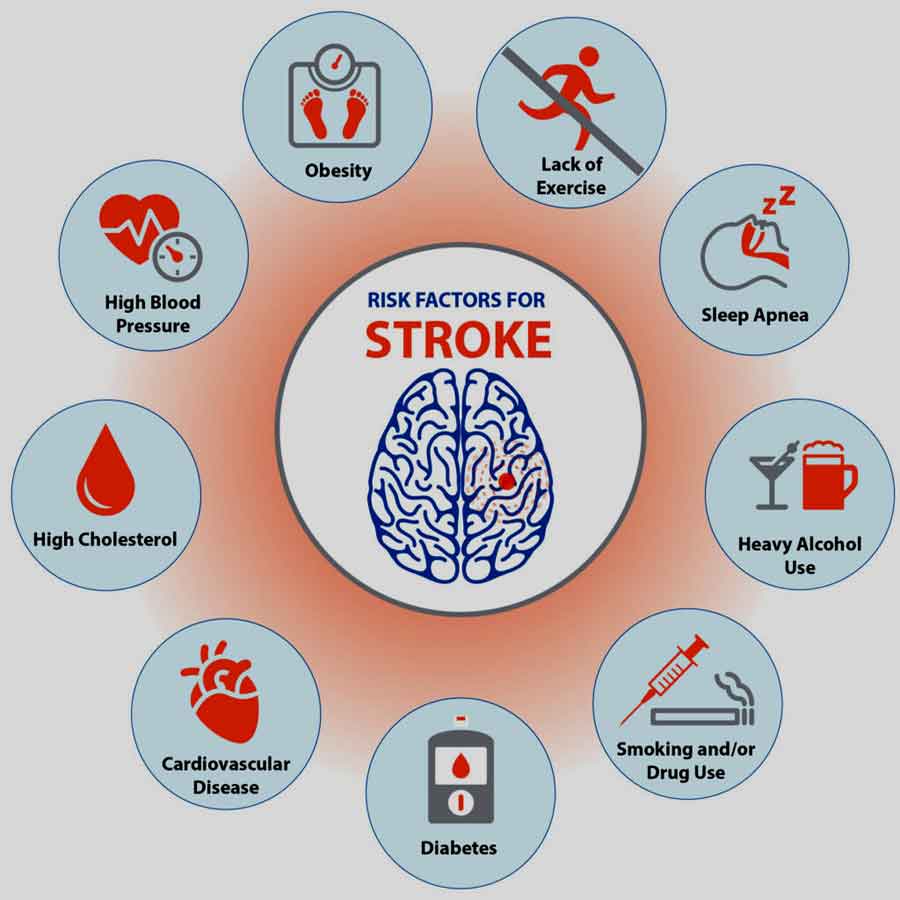
Strokes can strike without warning, but research indicates that many individuals experience subtle warning signs days before a major event. A significant study revealed that 43% of stroke patients reported experiencing symptoms of a mini-stroke, or transient ischemic attack (TIA), within the week preceding their full-blown stroke .
Understanding Mini-Strokes
A TIA is a temporary disruption in blood flow to the brain, often referred to as a "mini-stroke." Unlike a full stroke, the symptoms of a TIA are brief and typically resolve within minutes to hours. However, TIAs should not be dismissed, as they often serve as precursors to more severe strokes.
Common Symptoms of a Mini-Stroke
Recognizing the signs of a TIA is vital. Common symptoms include:
-
Sudden numbness or weakness, particularly on one side of the body
-
Difficulty speaking or understanding speech
-
Sudden vision problems in one or both eyes
-
Dizziness or loss of balance
-
Severe headache with no known cause
The acronym FAST can help remember the key symptoms:
-
F: Face drooping
-
A: Arm weakness
-
S: Speech difficulty
-
T: Time to call emergency services
The Importance of Immediate Medical Attention
Even if symptoms of a TIA resolve quickly, it's crucial to seek immediate medical attention. Studies have shown that individuals who experience a TIA are at a higher risk of having a full stroke, particularly within the first 48 hours .
Risk Factors for Stroke
Several factors can increase the likelihood of experiencing a stroke or TIA, including:
-
High blood pressure
-
Diabetes
-
High cholesterol
-
Smoking
-
Obesity
-
Physical inactivity
-
Excessive alcohol consumption
-
Family history of stroke
Adopting a healthy lifestyle can significantly reduce the risk of stroke:
-
Regular Exercise: Engage in physical activity to maintain cardiovascular health.
-
Balanced Diet: Consume a diet rich in fruits, vegetables, and whole grains.
-
Regular Health Screenings: Monitor blood pressure, cholesterol levels, and blood sugar.
-
Avoid Smoking: Quit smoking to improve overall vascular health.
-
Limit Alcohol Intake: Consume alcohol in moderation.
Conclusion
Being aware of the symptoms of a mini-stroke and understanding the associated risks can be life-saving. If you or someone you know experiences any of the symptoms mentioned, seek medical attention immediately. Early intervention can prevent a major stroke and lead to better outcomes.
News in the same category

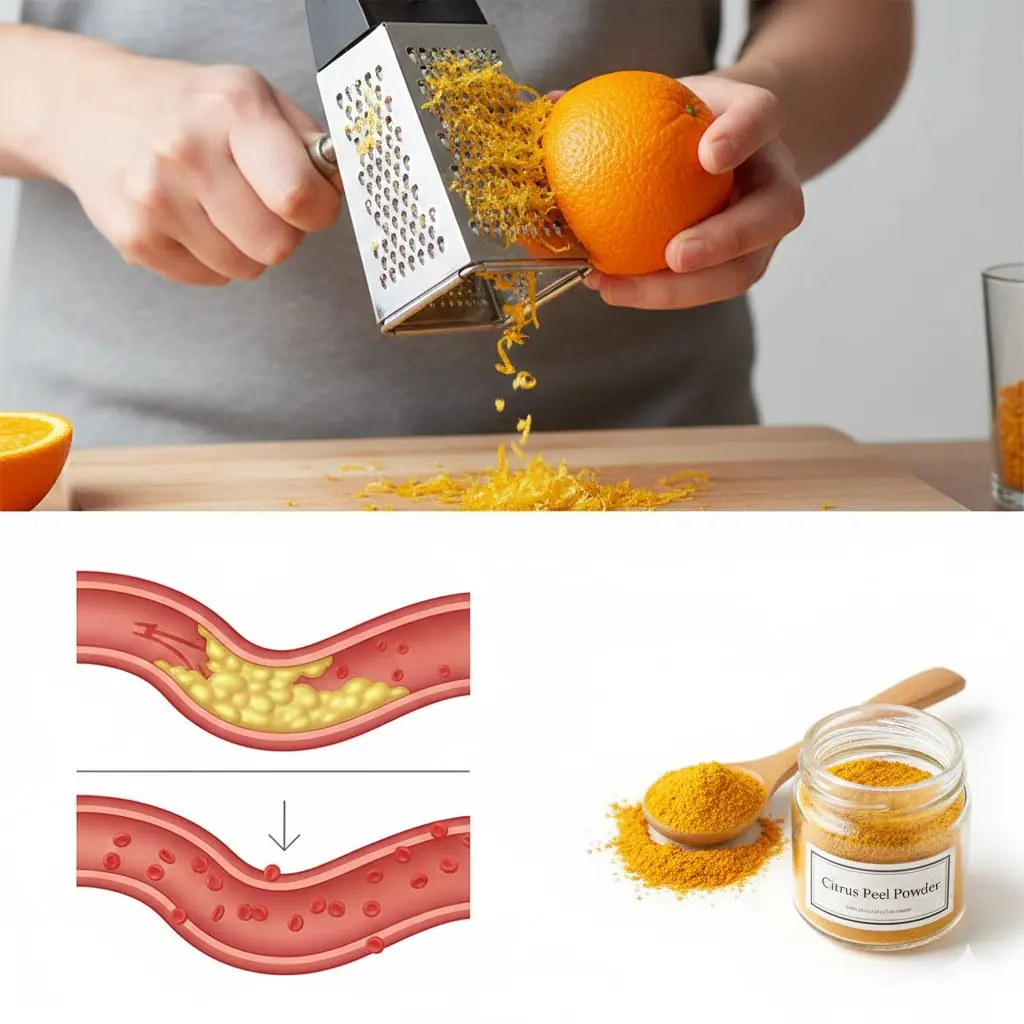
The Versatility and Benefits of Orange Peel Powder

The Amazing Benefits of Sumac and How to Use It
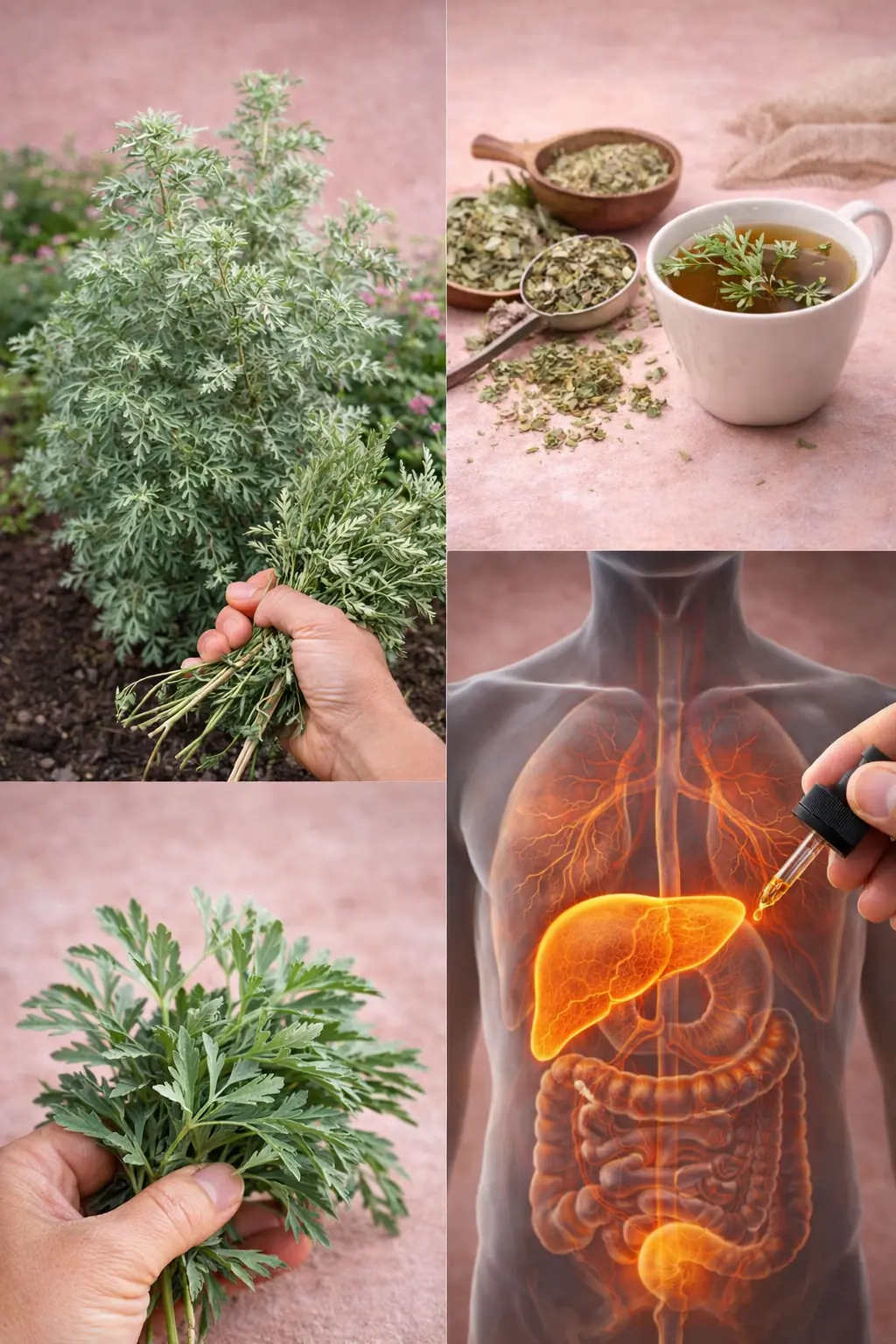
Wormwood: The Ancient Bitter Herb With Surprisingly Modern Benefits
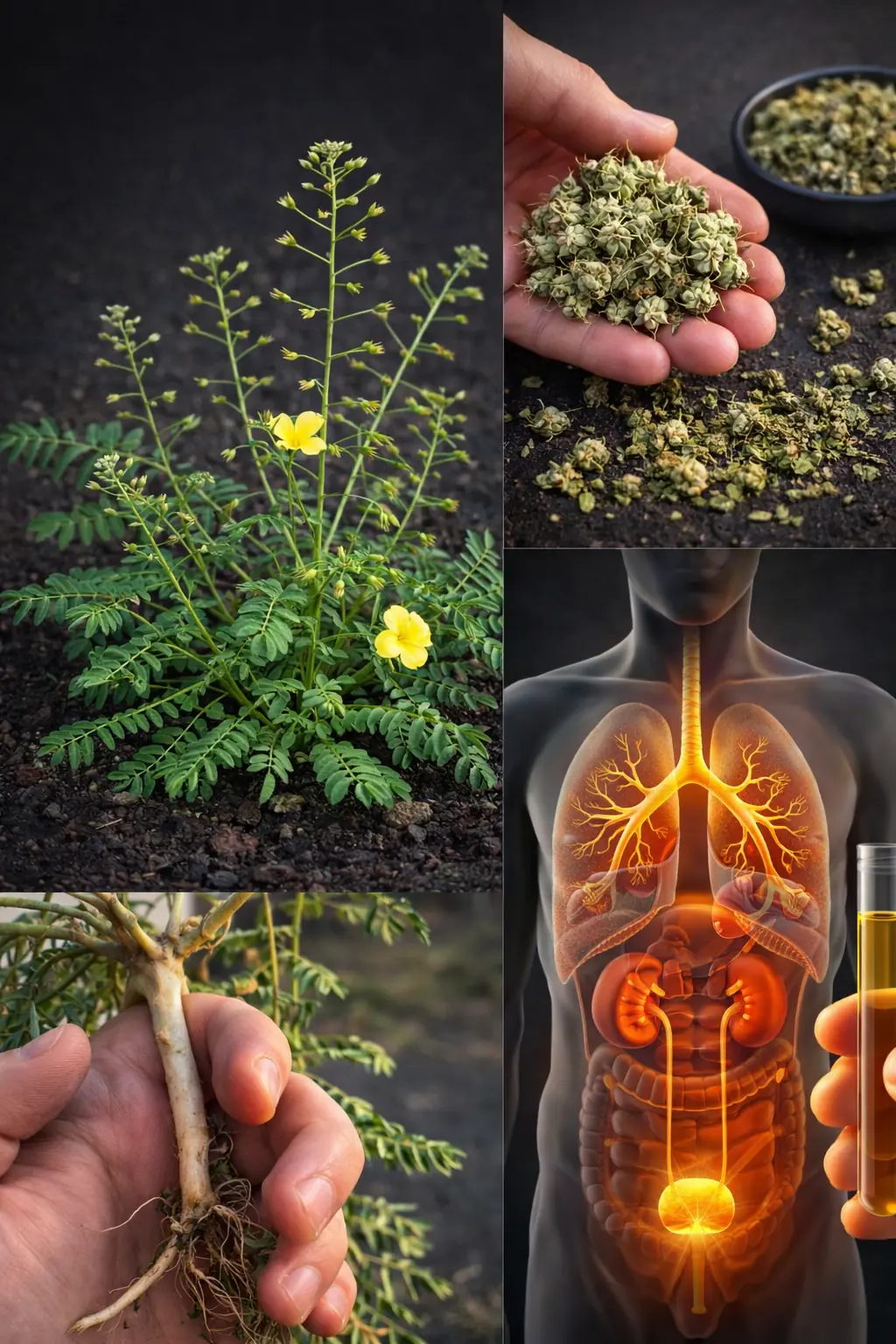
The Traditional Power of Puncture Vine (Tribulus terrestris)
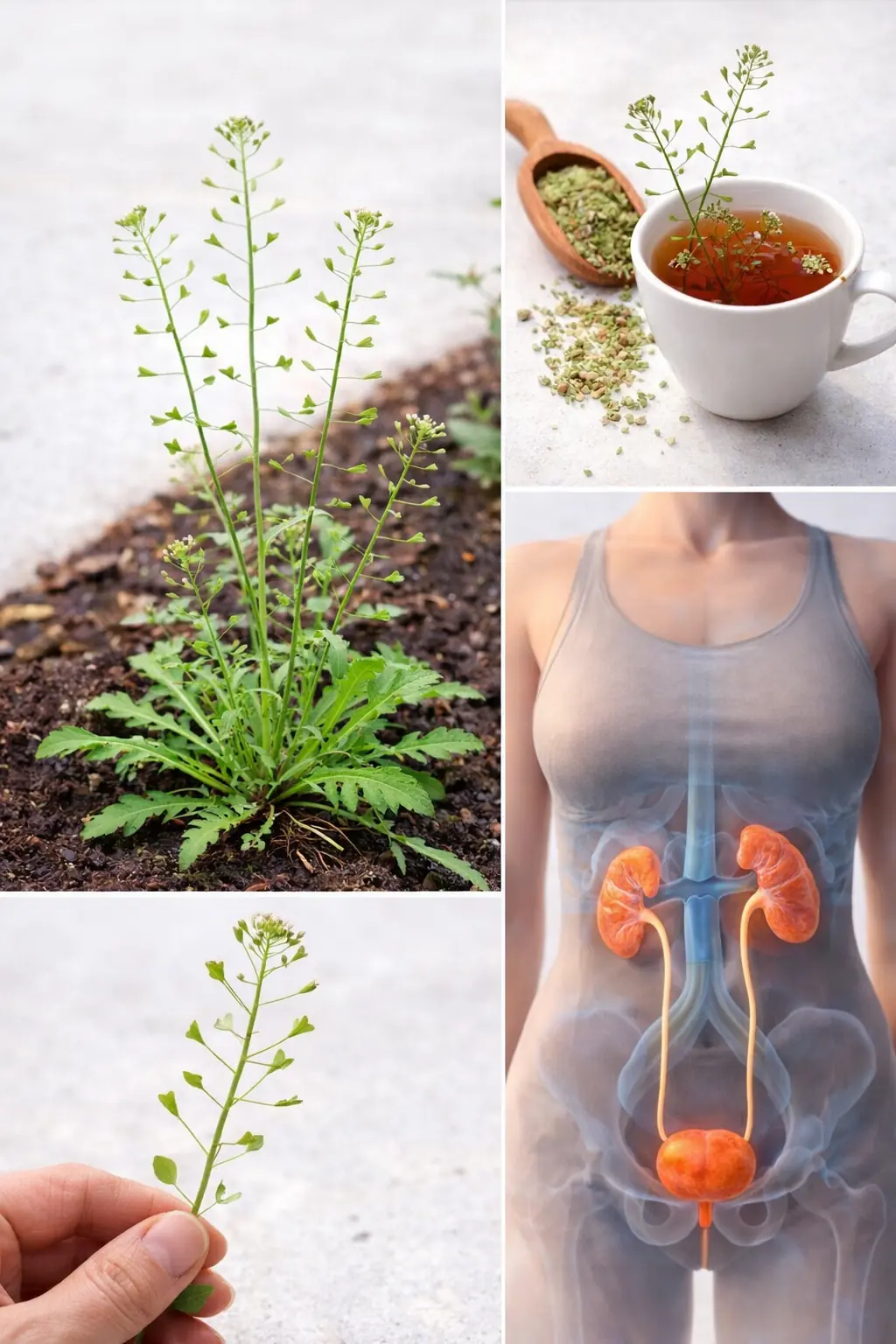
Shepherd’s Purse: The Simple Wild Plant Anyone Can Use for Women’s Health, Digestion, and Urinary Support
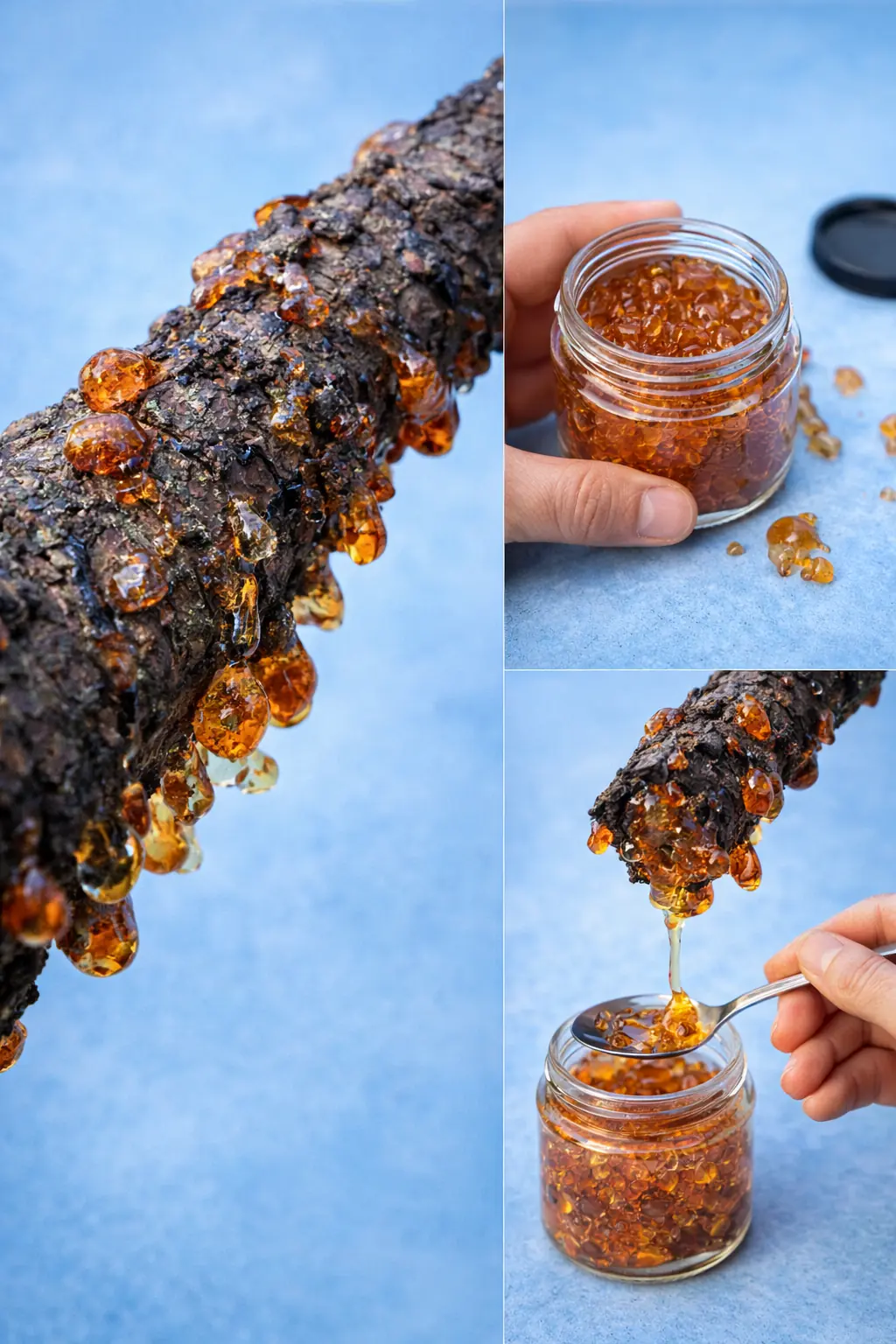
The Power of Peach Tree Resin (Tao Jiao): 15 Surprising Benefits and How to Use It at Home
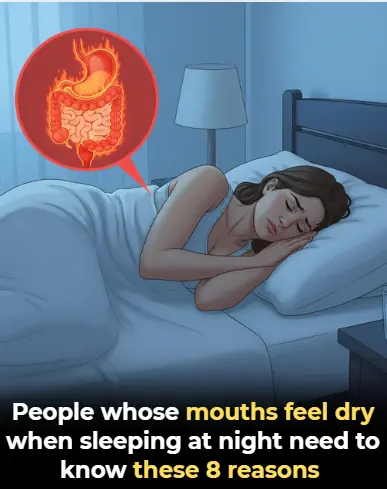
Why You Might Be Waking Up With a Dry Mouth
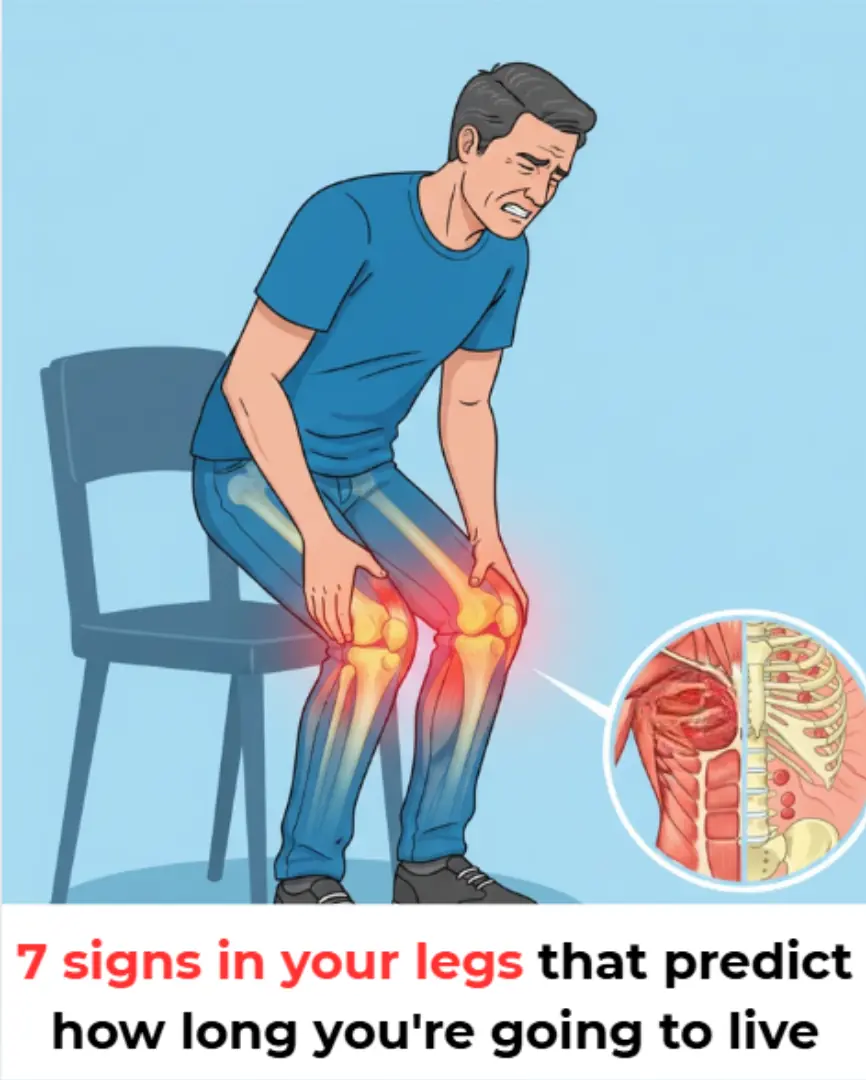
7 signs in your legs that predict how long you’re going to live

I have absolutely no idea! Let's see why.

Waking Up and Noticing These 4 Signs When Urinating in the Morning? Your Uterus May Be Seriously Unhealthy
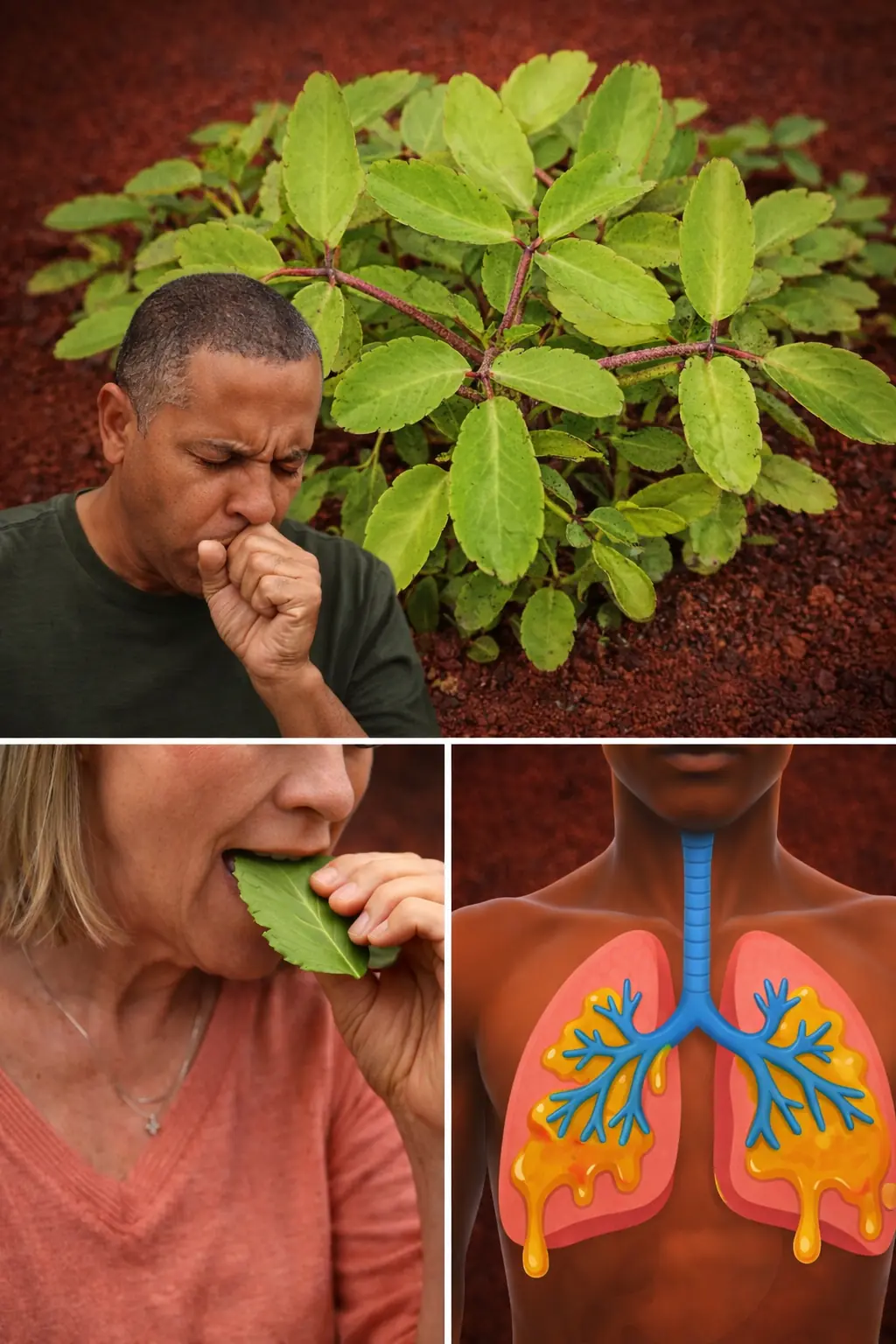
11 Surprising Benefits of The Miracle Leaf of Life
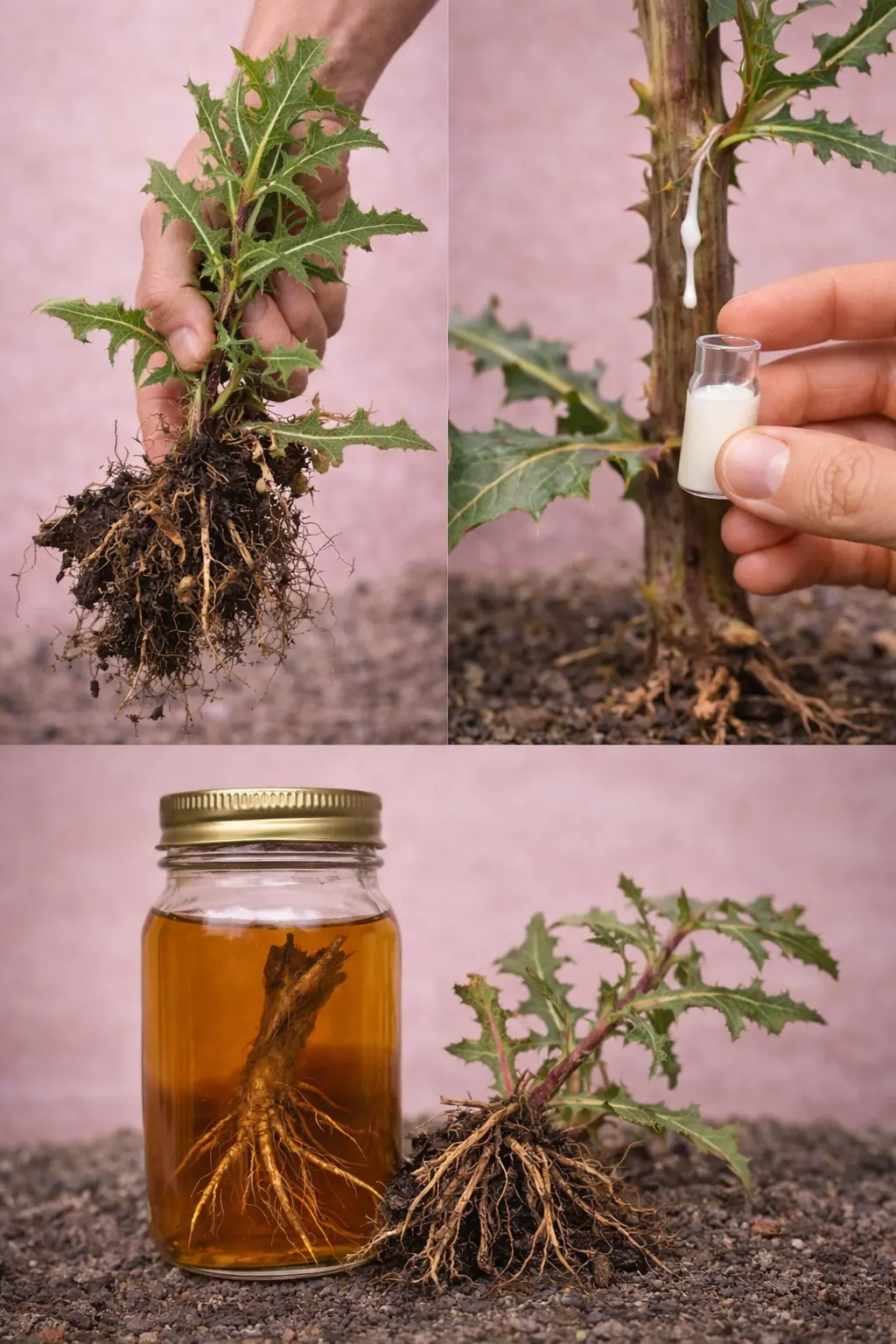
30 Amazing Benefits of Lactuca serriola (Wild Lettuce)

Twin Study Reveals Gut Microbiome's Role in Multiple Sclerosis Development
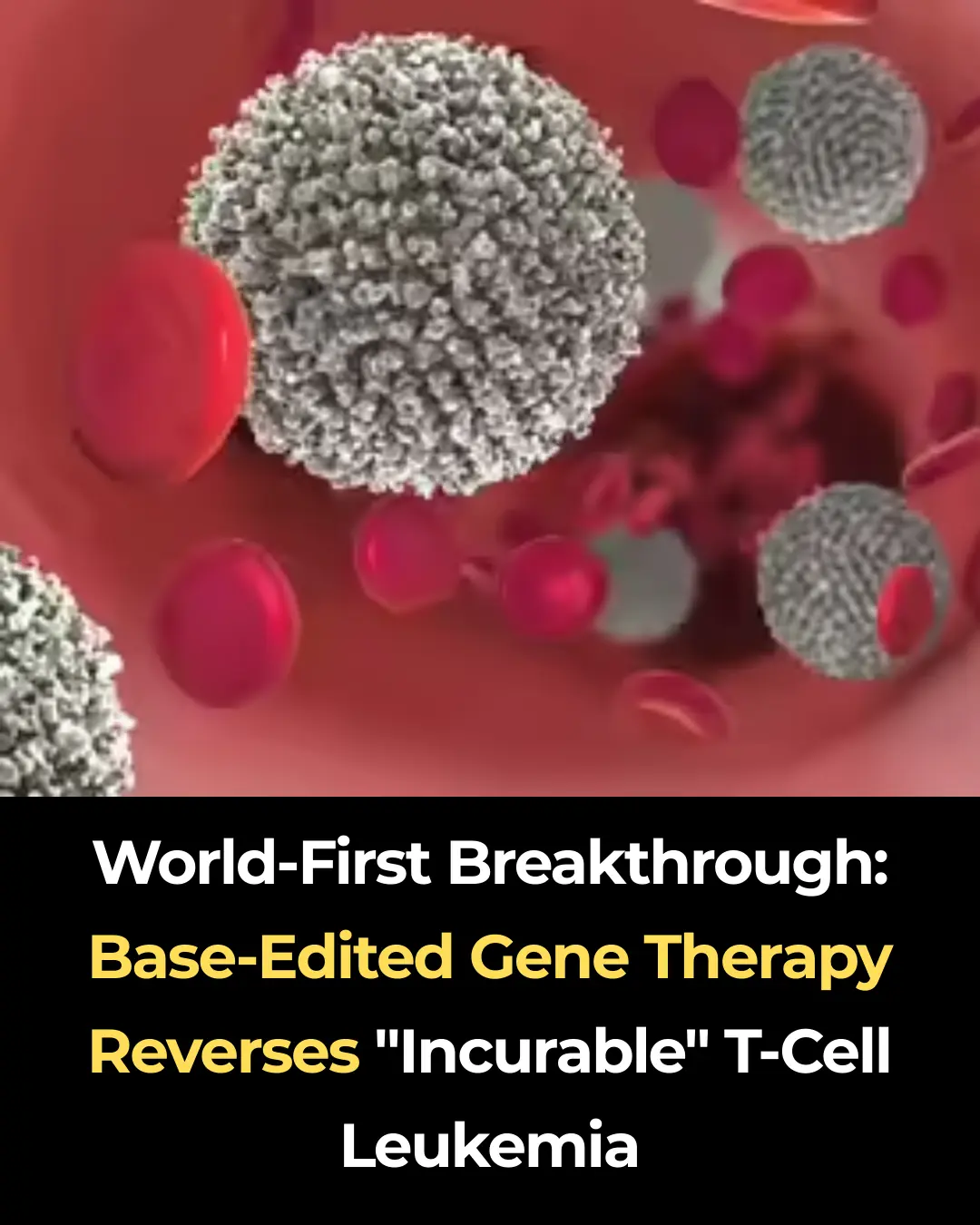
World-First Breakthrough: Base-Edited Gene Therapy Reverses "Incurable" T-Cell Leukemia

Daily Tefillin Use Linked to Improved Blood Flow and Lower Inflammation

Daily Whole Orange Consumption Associated with 30% Reduction in Fatty Liver Prevalence
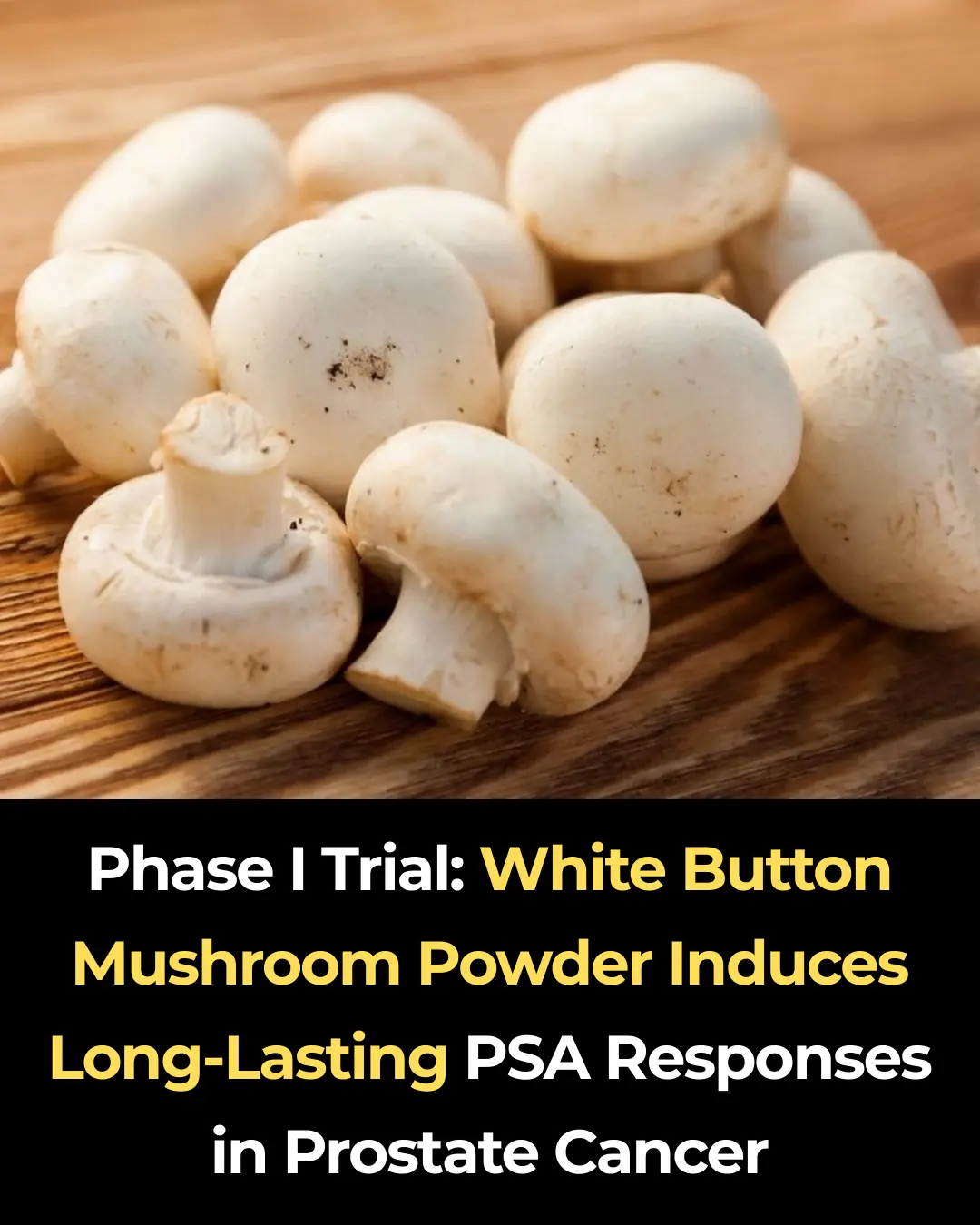
Phase I Trial: White Button Mushroom Powder Induces Long-Lasting PSA Responses in Prostate Cancer

Tea Supports Bone Density While High Coffee Intake Linked to Bone Loss in Older Women
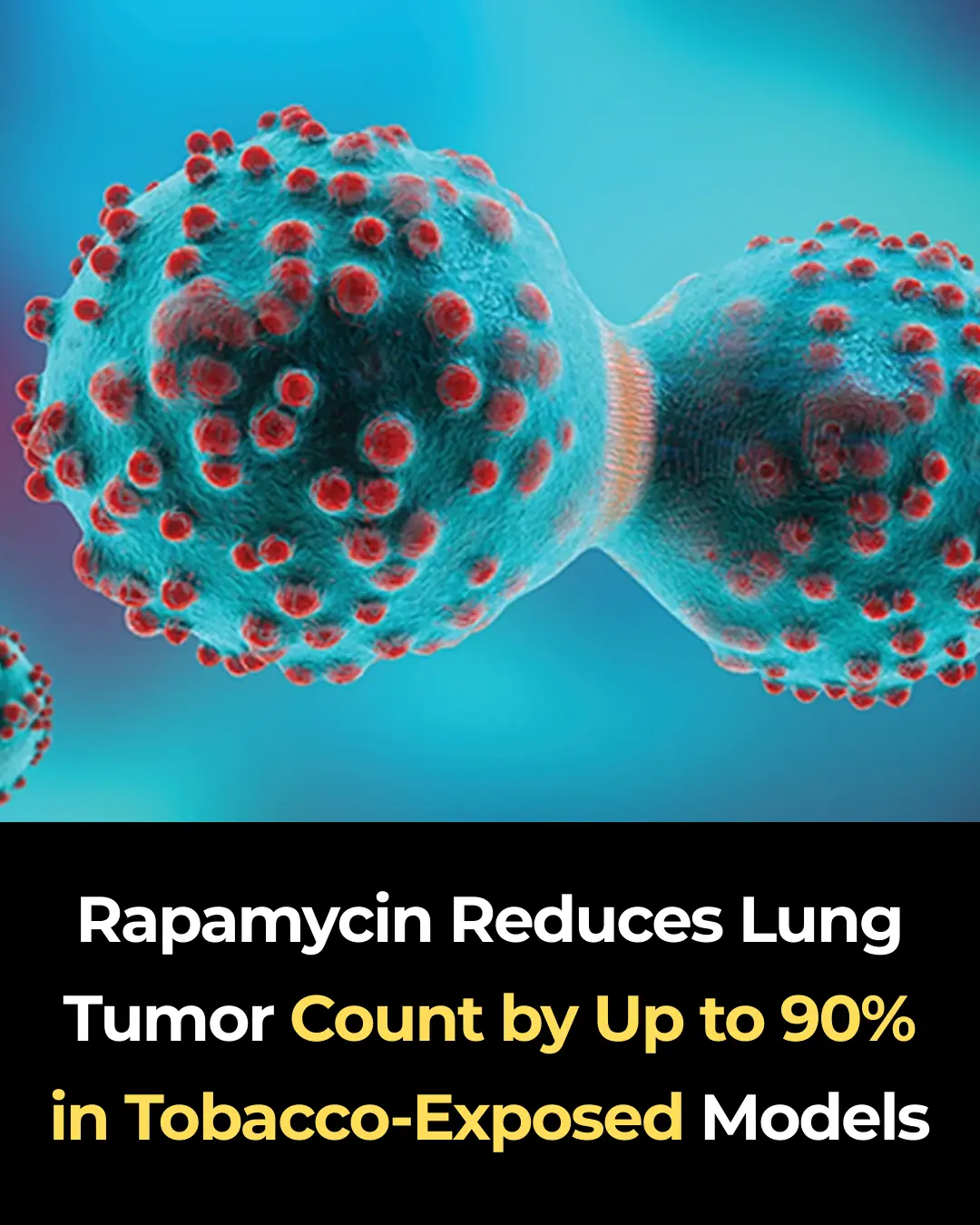
Rapamycin Reduces Lung Tumor Count by Up to 90% in Tobacco-Exposed Models
News Post

Clove Flaxseed Rose Water Toner: Better Than Botox

Potato Toner for Face – Dark Spots, Clear Skin & Pigmentation

Boiling chicken often results in red bones: Add this one extra step for delicious chicken, prevent skin from cracking, and eliminate any unpleasant odor.
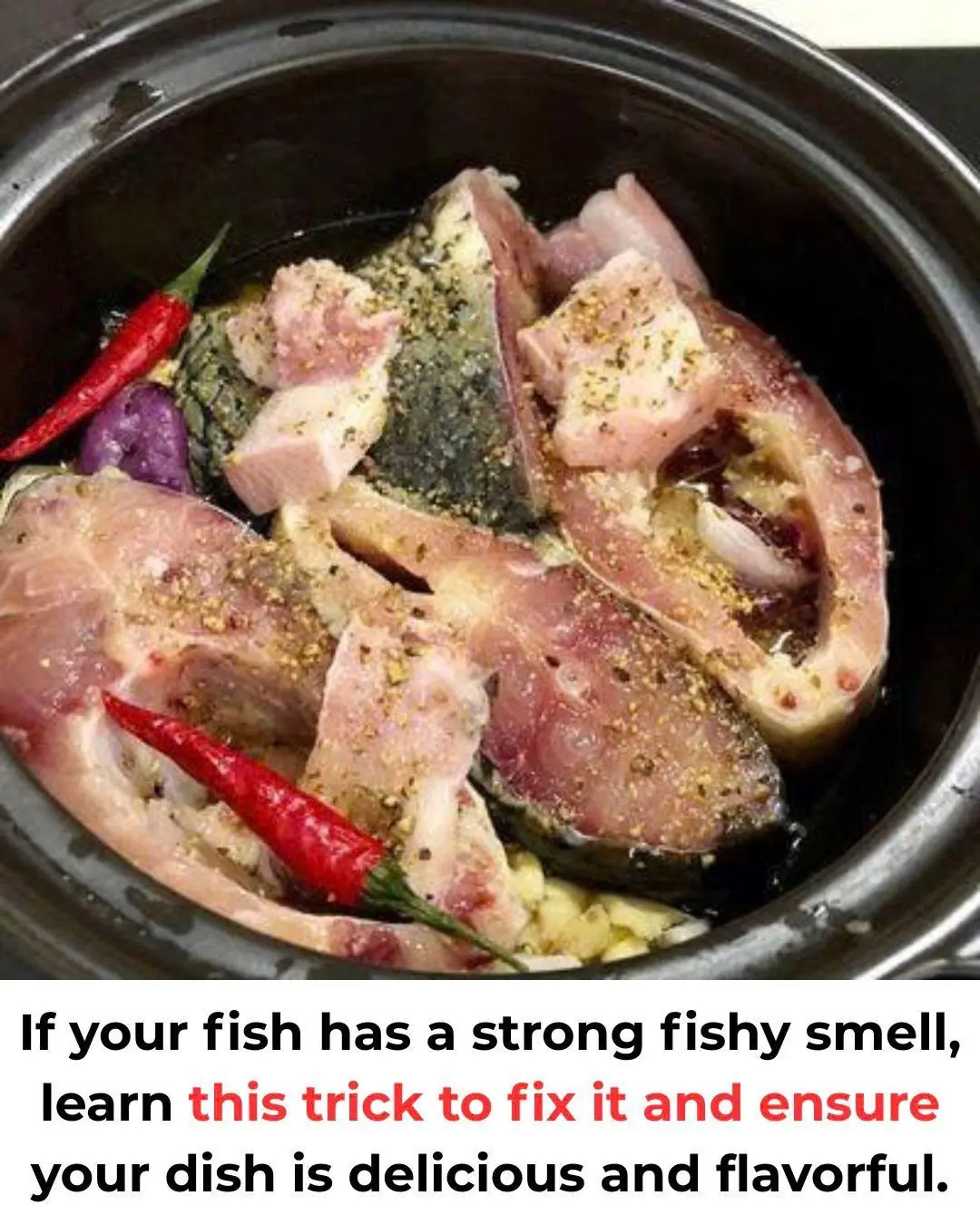
If your fish has a strong fishy smell, learn this trick to fix it and ensure your dish is delicious and flavorful.
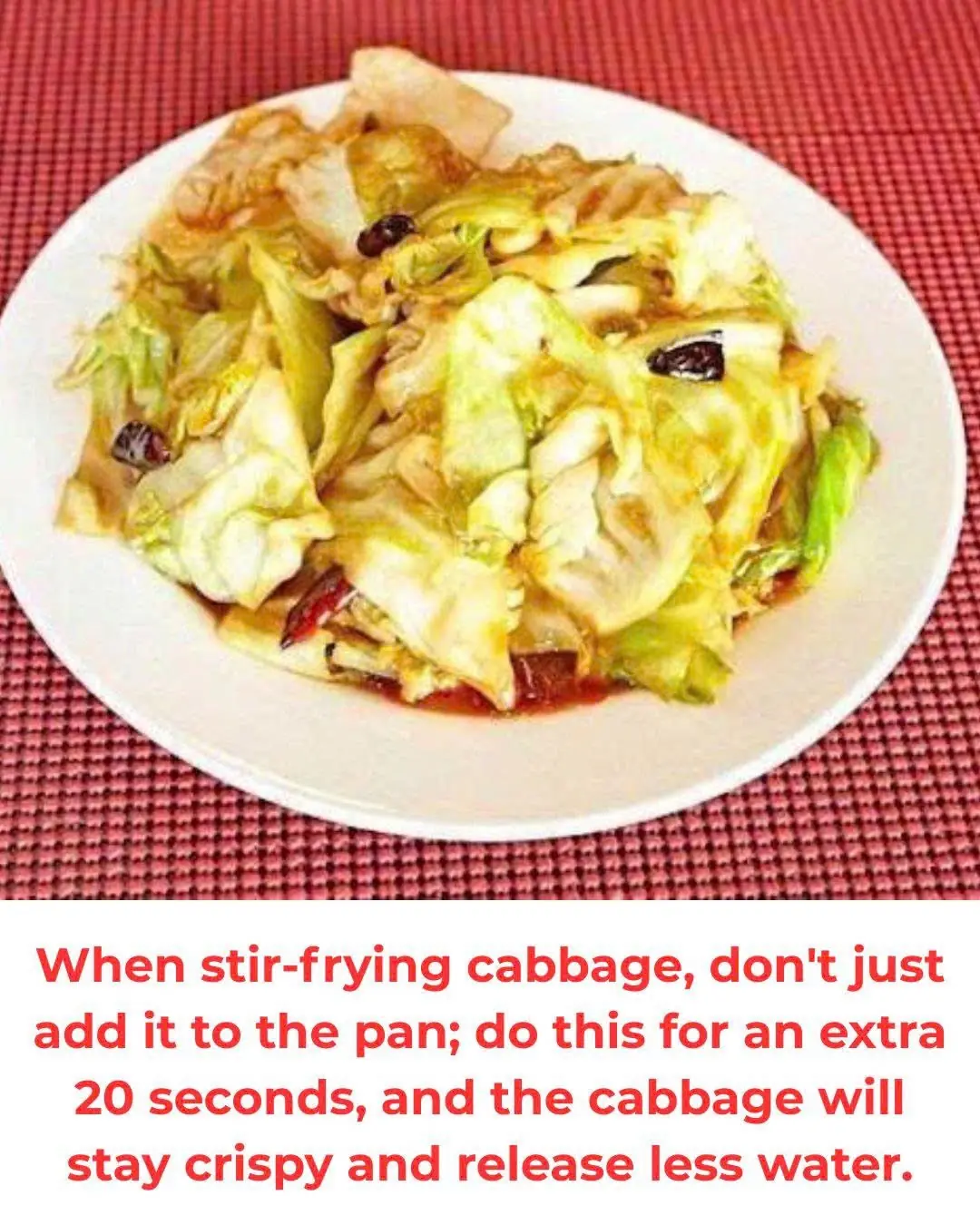
When stir-frying cabbage, don't just add it to the pan; do this for an extra 20 seconds, and the cabbage will stay crispy and release less water.

Pine Cone Syrup: A Beginner-Friendly Guide (Benefits, How to Make It, and Everyday Uses)

The Versatility and Benefits of Orange Peel Powder

The Amazing Benefits of Sumac and How to Use It

Wormwood: The Ancient Bitter Herb With Surprisingly Modern Benefits

The Traditional Power of Puncture Vine (Tribulus terrestris)

Shepherd’s Purse: The Simple Wild Plant Anyone Can Use for Women’s Health, Digestion, and Urinary Support

The Power of Peach Tree Resin (Tao Jiao): 15 Surprising Benefits and How to Use It at Home
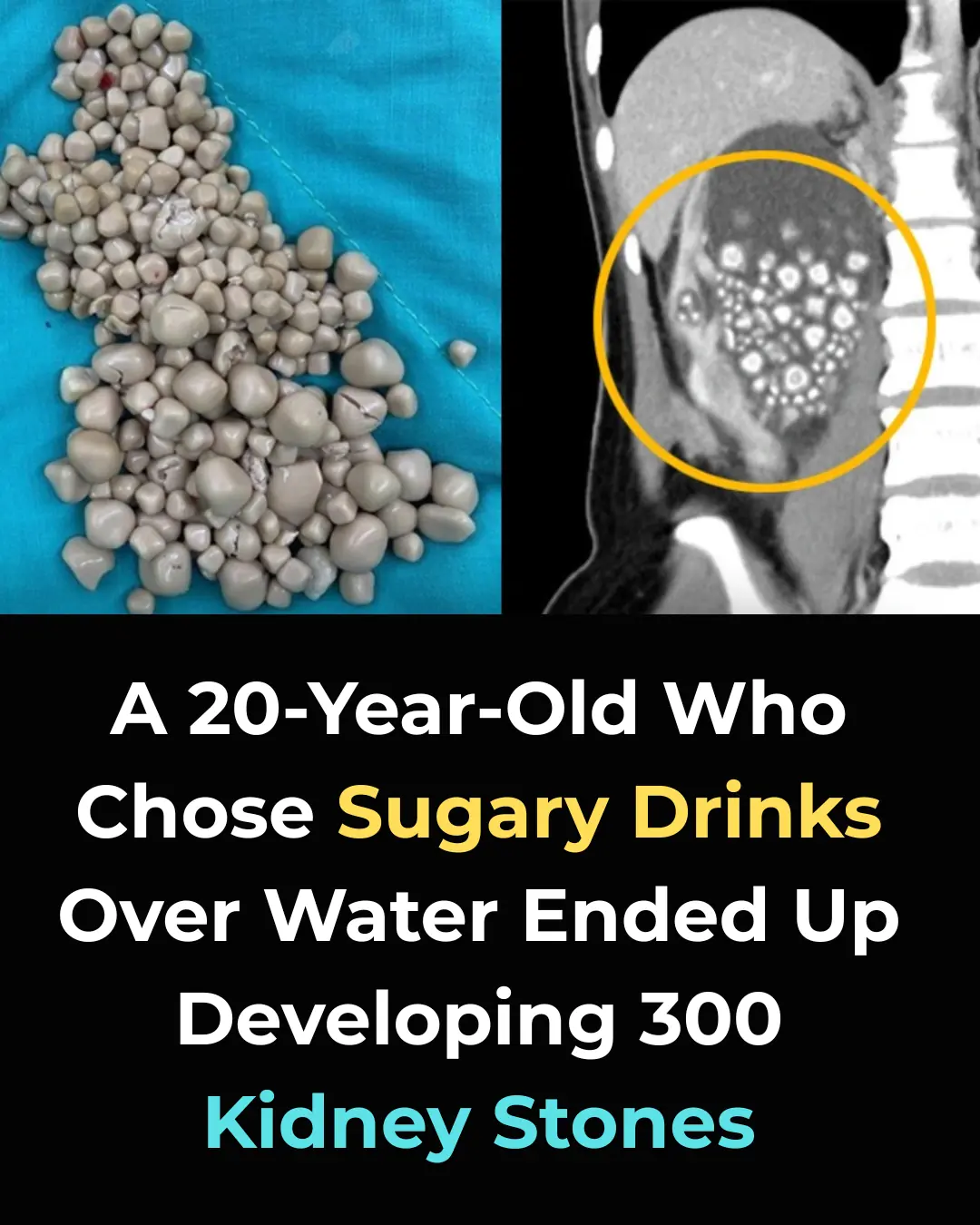
She Drank Bubble Tea Every Day — What Happened to Her Kidneys Will Shock You
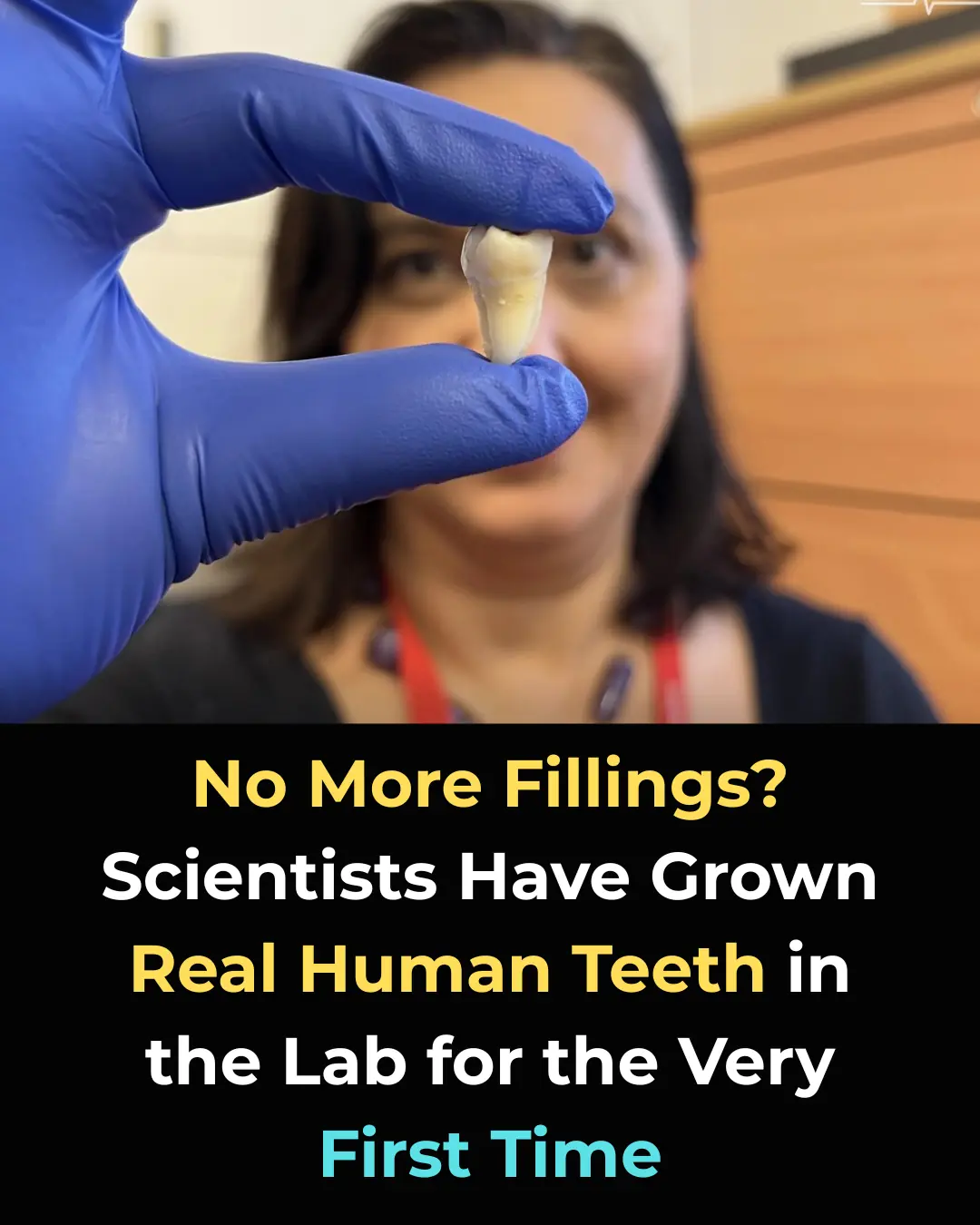
Breakthrough in Dentistry: Scientists Are Growing Living Teeth in the Lab—A Future Alternative to Fillings and Implants

Why You Might Be Waking Up With a Dry Mouth

7 signs in your legs that predict how long you’re going to live

World's Smallest Quantum Computer Powered by a Single Photon: A Breakthrough in Quantum Computing

Astronomers Discover Earth-Sized Exoplanet Gliese 12 b in Habitable Zone, Bringing Us Closer to Finding Life Beyond Earth

Nexus: Georgia Tech's Revolutionary Supercomputer Set to Transform Science and Technology
